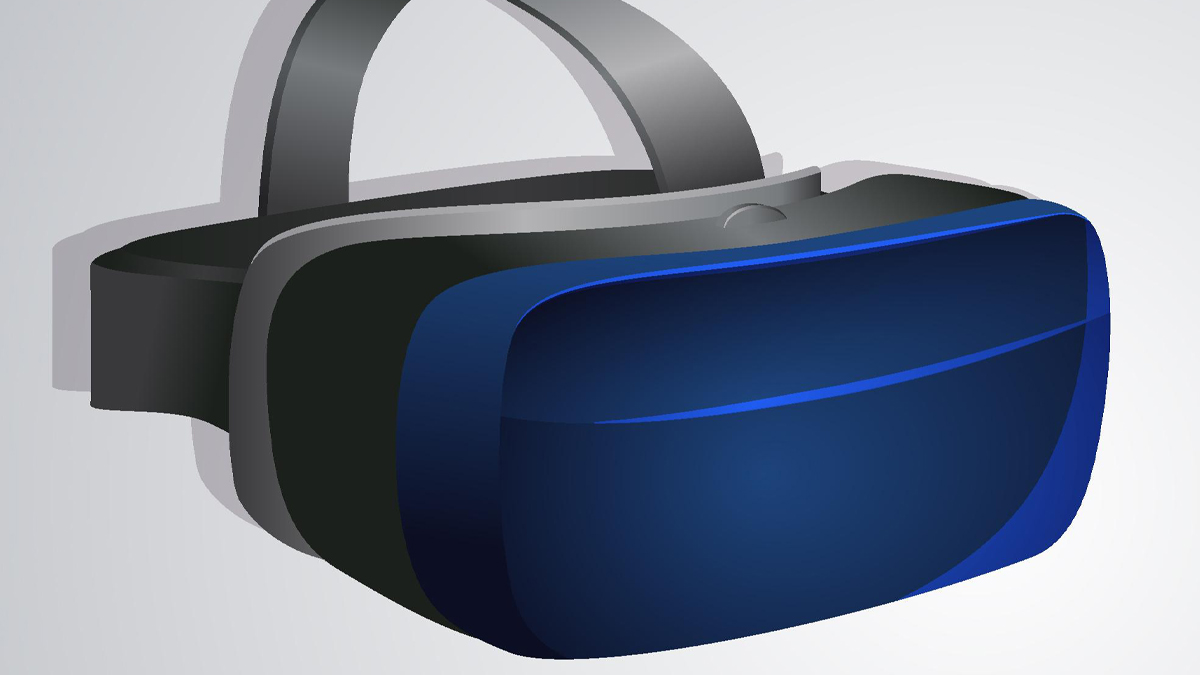What is Head-Mounted Display?
A head-mounted display is a wearable device that places screens or projectors directly in front of your eyes, often combined with sensors to track head movement. There are two main categories:
Virtual Reality (VR) HMDs: Completely block out the real world and replace it with a computer-generated environment.
Augmented Reality (AR) HMDs: Overlay digital content like images, text, or 3D objects onto your view of the real world.
Both types use lenses to focus and reshape the images from tiny screens, giving you a wide field of view. They also include head-tracking sensors (gyroscopes, accelerometers) so that the virtual scene moves naturally as you turn or tilt your head.
| Table of Contents | |
|---|---|
| I. | What is a Head-Mounted Display? |
| II. | How Do HMDs Work in Music Applications? |
| III. | Types of HMDs Used by Musicians and Producers |
| IV. | Key Benefits of Using HMDs in Music |
| V. | Essential Features to Look for in a Music HMD |
How Do HMDs Work in Music Applications?
In the music world, HMDs enable rich, interactive experiences by combining visual, spatial, and audio technologies:
Immersive Studio Environments:
Musicians can enter virtual studios that mimic famous recording booths or custom-designed spaces. Instead of clicking through menus, you walk around your virtual mixer, grab faders with hand controllers, and position virtual instruments for optimal workflow.
Spatial Audio Mixing:
Many HMD platforms support binaural or object-based audio. This lets producers place sounds at precise locations around them above, behind, or to the side creating mixes that translate better to headphones and immersive speaker setups.
Performance Visualization:
During live shows, AR HMDs can project real-time visual effects sound-reactive graphics, virtual instruments, or lyrics directly into the performer’s field of view, allowing for hands-free interaction.
Interactive Learning and Collaboration:
Learners can watch virtual tutors demonstrating techniques in 3D, and collaborators in different locations can meet in shared virtual spaces to play, record, or critique performances together.
Types of HMDs Used by Musicians and Producers
Musicians choose between several HMD categories based on their needs and budget:
Standalone VR Headsets:
- Oculus Quest 2 / Meta Quest Pro: Popular for their affordability and all-in-one design.
- HTC Vive Focus 3: Offers higher resolution and enterprise features.
Tethered VR Headsets:
- Valve Index and HTC Vive Pro: Connect to powerful PCs for the best graphics and tracking accuracy.
- PlayStation VR2: Integrates with PlayStation consoles for simpler setup.
Augmented Reality Glasses:
- Microsoft HoloLens 2: High-end AR with hand and eye tracking.
- Magic Leap 2: Focuses on lightweight design and enterprise applications.
Mobile HMDs:
- Smartphone-based viewers like Google Cardboard or Samsung Gear VR – Entry-level, low-cost options for basic VR music apps.
Each type offers different levels of immersion, comfort, and integration with audio software.
Key Benefits of Using HMDs in Music
Enhanced Creativity:
Visualizing sound in three dimensions helps composers experiment with unusual instrument placements and soundscapes.
Better Workflow Efficiency:
Virtual controls and environments can speed up tasks like mixing or sample browsing, making the creative process more intuitive.
Immersive Education:
Students can learn music theory by interacting with floating notes, scales, or instrument models in a hands-on 3D space.
Remote Collaboration:
Bands and producers can meet in the same virtual studio, regardless of geographical distance, making collaboration seamless.
Engaging Live Performances:
Performers wearing AR HMDs can trigger lighting, visuals, and effects with head gestures, delivering dynamic shows.
Essential Features to Look for in a Music HMD
When selecting an HMD for music applications, consider:
Display Quality: Look for high resolution (at least 1832×1920 per eye) and wide field of view (100°+). Clear visuals help you read virtual meters and see fine details on mixers or notation.
Audio Integration: Some headsets include high-quality built-in headphones or spatial audio engines. Others allow you to use your preferred studio cans via standard jacks.
Low Latency Tracking: Fast and accurate head tracking (sub-20 ms motion-to-photon latency) is crucial to keep audio and visuals perfectly synchronized.
Comfort and Ergonomics: A lightweight design, adjustable head straps, and good weight distribution are essential for long studio sessions.
Software Compatibility: Ensure the HMD supports popular DAWs (Digital Audio Workstations) and plugins, or has a robust app ecosystem for music creation.
Wireless vs. Tethered: Wireless freedom (standalone or streaming) offers more movement but may compromise performance. Tethered headsets deliver top graphics and tracking but require a powerful PC and cables.
Price and Support: Balance your budget against the features you need. Also check for reliable customer support and regular firmware/software updates.

